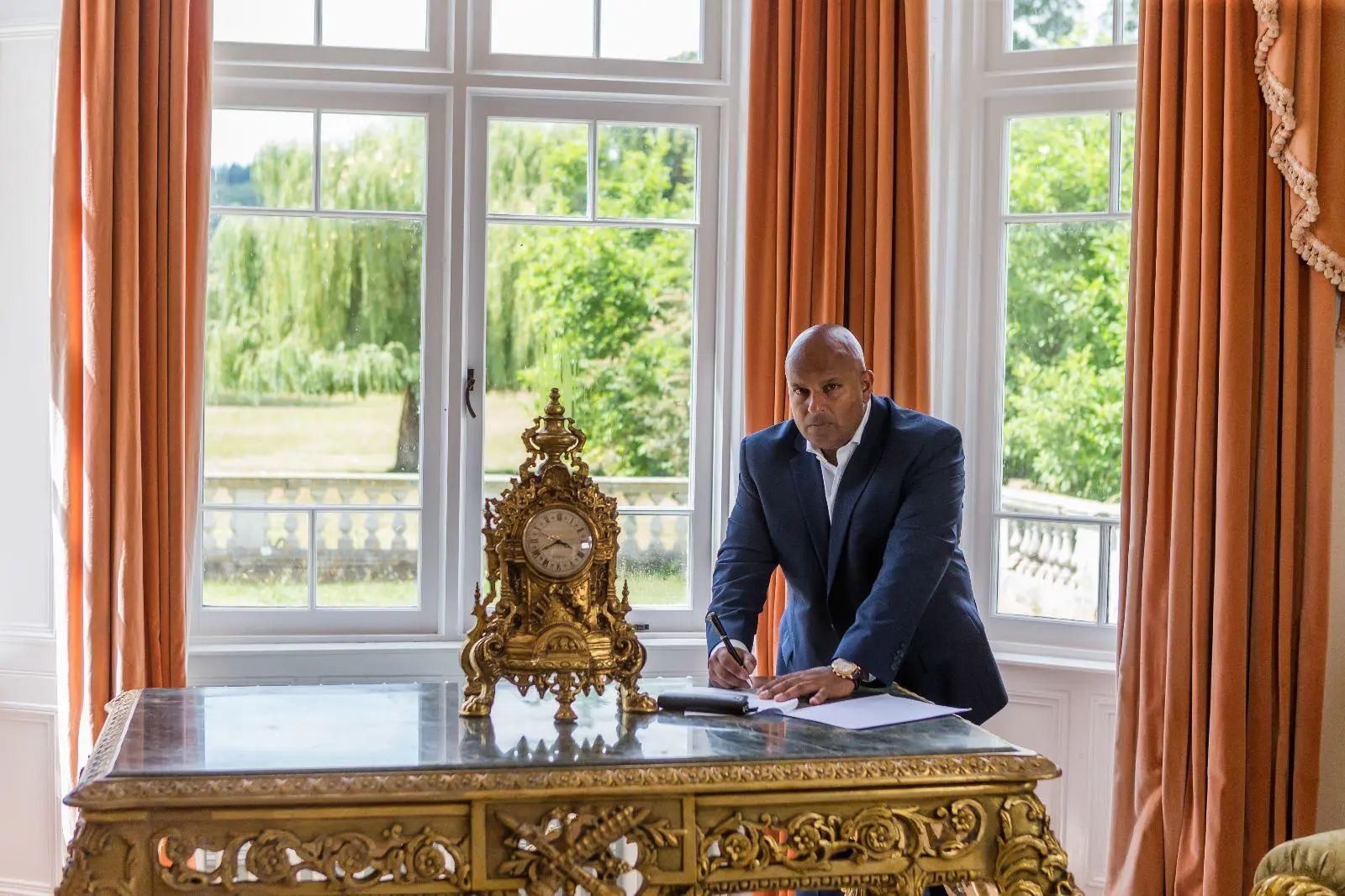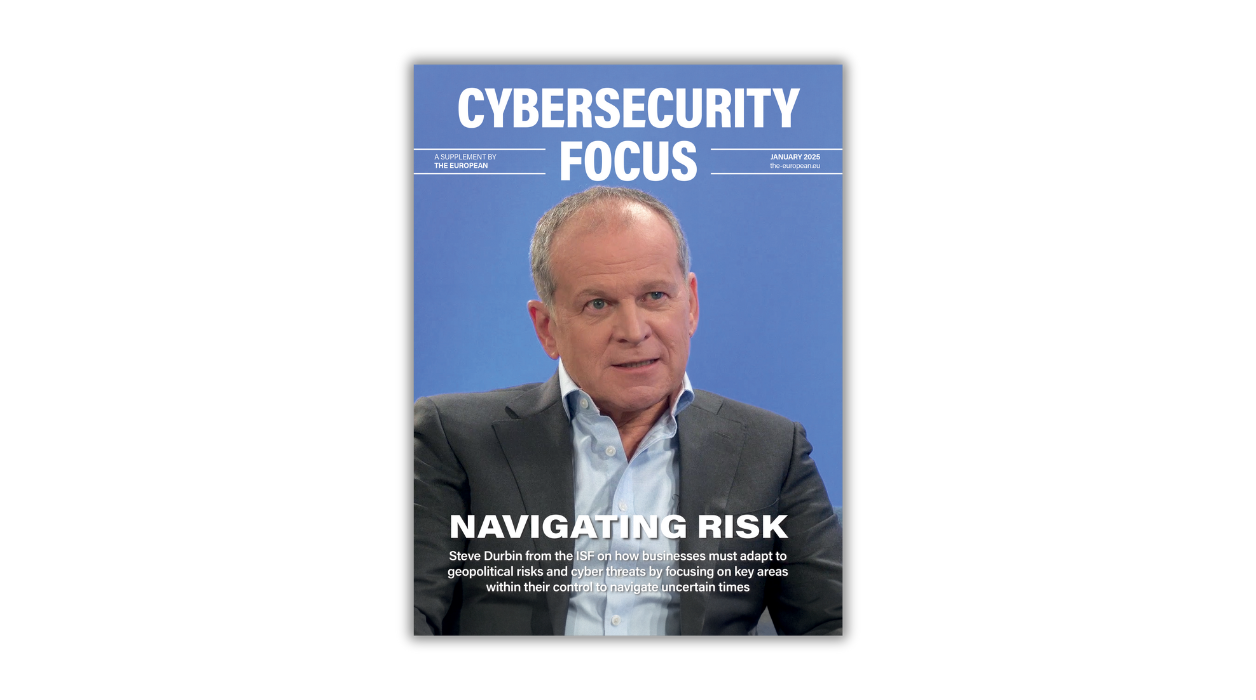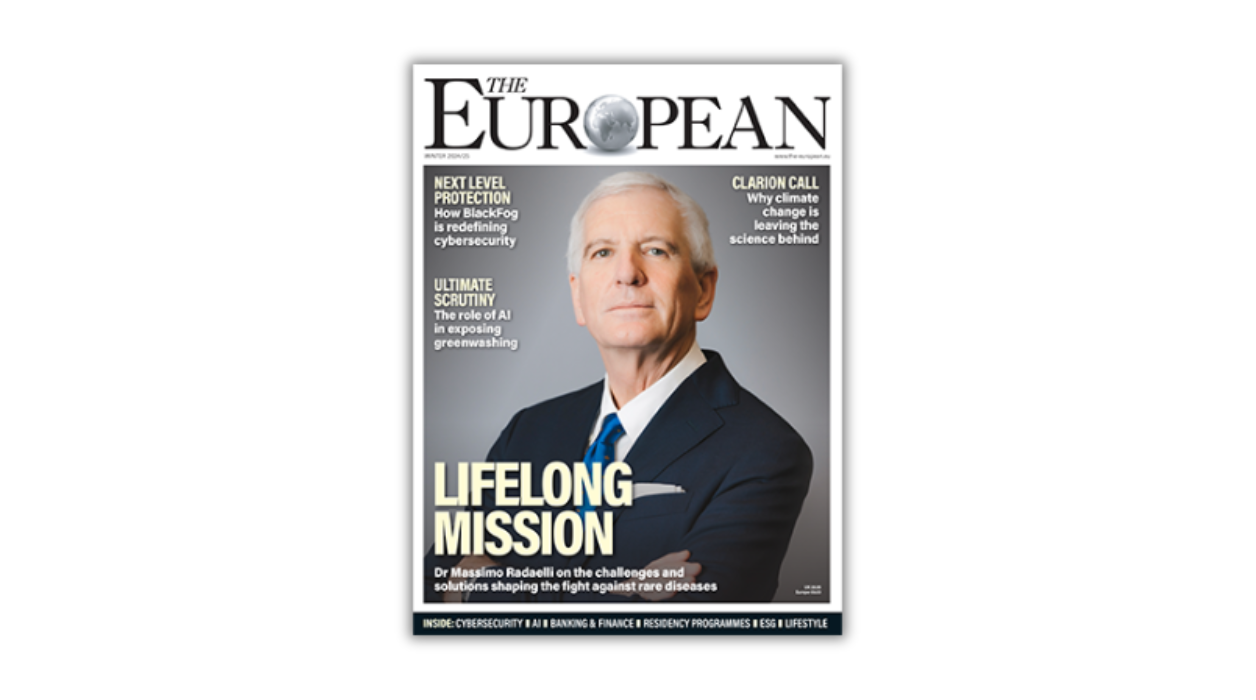How to map your business morphology

John E. Kaye
- Published
- Business, Business Transformation, Home

Nothing matches the power of a good plan when it comes to ensuring your company adapts and evolves, say business transformation experts Julie Nerney and Geoff Robins
Over the past 10 years the list of major organisations that have gone out of business is staggering. They cover all sectors of the industrial landscape, and include household names such as Kodak, Toys R Us, Blockbuster, Tower Records, Woolworths… the list goes on. Even where elements of these brands have survived, they do so under a very different business model.
Although Lauren Bacall was best known as a great American film star, her words of wisdom ring true in today’s global and interconnected marketplace today: “Standing still is the fastest way of moving backwards in a rapidly changing world”. If your business is to stay relevant and competitive – irrespective of your starting point – it must continue to evolve and adapt over time.
Map your way forward
In our book Business Morphology: How to Navigate Through Change, we describe any implementation of change as morphing – changing from one state to another as seamlessly as possible, at a pace that is dictated by the environment in which you find yourself.
At the heart of this are our Morphology Maps; an easy to use, visual tool to help guide your thinking and prioritisation. The start point for any change activity is the desired outcomes you are seeking to achieve. Once you know what you want to achieve you can then select the best change lever – or combination of levers – you need to employ to achieve the outcomes you require.
In our experience, there are five fundamental levers that can be applied to effect real change in an organisation:
- Modifying your operating model
- Product or service diversification
- Mergers or acquisitions
- People
- Culture
Irrespective of which levers you pull, you need a plan of action that will get you there. To assist in building that, our Morphology Maps are constructed around two simple axes: things that you can control, and things that you must seek to influence. These maps provide you with the terrain over which you need to navigate in order to get to your chosen destination. They identify all the key issues you need to incorporate into your plan of action.
Planning tips
Morphology Maps are the key to creating a realistic and comprehensive plan. But every change plan will be entirely dependent on the scenario your organisation finds itself in. So, what are the key things you need to remember when building your plan and what are the things to avoid?
- Define your destination – Your plan is in service of only one aim – the destination you want to get to. Planning starts with the end in mind, and every activity included in your plan should be challenged in the context of how it enables you to reach your destination faster, cheaper, or to a higher standard.
- Requirements before solutions – At their simplest, change programmes exist to do three things: identify a problem, put in place a fix and make it stick so it endures on sustainable basis. The root cause of why most of them fail is because the problem wasn’t identified properly in the first place (which means you have the wrong solution and it won’t stick). Time spent up front in a design phase is never wasted.
- Taking people on the change journey isn’t just about communications and engagement – This will be a major component, but it is just one of three critical activities. The first one is to conduct a change impact assessment. The second is to consider what interventions are needed to mitigate those impacts. And the third activity is your communication and engagement plan. Together, these are essential to successful delivery of the changes you are implementing and will span the entire duration of your plan.
- Resourcing – Delivering change isn’t something that can be done in the margins of anyone’s day job. You might release internal resources which need backfilling or hire temporary resources. Whichever you choose, you will need time in your plan to get them up to speed and ready to drive the change forward. Equally, you need to be conscious of the fact that any change will demand attention, engagement, time, and effort from those who are being affected by the changes taking place – and of course they all have day jobs too. This is critical to the pace at which you proceed.
- Sequencing and dependencies – Timing matters. There are some things you need to start before others, and some you need to run in parallel. Your plan needs to be clear about why and where things sit on your timeline to allow you to highlight dependencies between key activities and which ones are on the critical path to success.
- Regular review and iteration – The only certain thing about your plan is that it will need to change! As you work forward, your assumptions will get tested, which will necessitate iteration. Your plan is a living, dynamic thing. Our top tip here is never to plan at any level of detail for much more than three months in advance. Detail for the near future and blocks of activity further out.
- Contingency – Inevitably, you’ll have missed something in your plan and you can be certain that things will take longer than you think. But don’t overload your plan with so much contingency that it dilutes pace. Rather think about an overall timeline which has a baseline and stretch deadline. Plan for the baseline, aspire to the stretch.

Engaging through change
Your communication and engagement activities join the control and influencing sides of your plan together. These communication and engagement activities need to be as comprehensive as possible, recognising that there will be timing and complexity considerations for each of the different audiences. And, like every part of your plan, you will want to iterate and modify these activities over time based on the feedback you receive.
You need to start with “why”, not “what”. Getting straight into the solutions without giving people the context can create obstacles and resistance, firstly because of a lack of understanding behind the reason for the change, and also make people feel excluded from the process. Employees need to know what’s in it for them if they’re to become advocates which requires a level of transparency and honesty. You might not have all the answers at that moment, and things are likely to change along the way, but it’s better to admit that and promise to return with updates than ignoring the topic and letting rumours and panic run wild.
Likewise, one-size-fits-all answers aren’t going to settle any change-related anxieties. Change will affect different groups in different ways; therefore you must ensure that you tailor your responses to suit the audience. Provide an indication of when teams can broadly expect to see things happen and use this as an opportunity to get them involved in the process.
It comes down to leadership
It is important to keep front of mind that whatever lever you pull, successful change takes leadership. Morphing from one state to another is challenging, and the best performing organisations are those with exceptional leaders who have the right experience at the right time for that point in the life cycle of the business. Good leaders listen and involve others in defining the direction for their organisation. They have first class communication skills. They provide clarity, promote confidence, build empathy and trust. Ensuring you have the right leadership for the change you are embarking on is critical to the success of your plan.
About the Authors


Julie Nerney and Geoff Robins are business transformation experts and co-authors of ‘Business Morphology: How to Navigate Through Change’ – which is out now published by Practical Inspiration Publishing.
Sign up to The European Newsletter
RECENT ARTICLES
-
 UK government sets up Women in Tech taskforce amid gender imbalance concerns
UK government sets up Women in Tech taskforce amid gender imbalance concerns -
 Liechtenstein lands AAA rating again as PM hails “exceptional stability”
Liechtenstein lands AAA rating again as PM hails “exceptional stability” -
 The Parisian business school quietly reinventing the MBA
The Parisian business school quietly reinventing the MBA -
 UK entrepreneur who founded £1bn firm acquires UAE amateur golf leader to launch world amateur Super League
UK entrepreneur who founded £1bn firm acquires UAE amateur golf leader to launch world amateur Super League -
 Why your home is the best place to teach children leadership
Why your home is the best place to teach children leadership -
 Inside the Spring 2025 Edition of The European
Inside the Spring 2025 Edition of The European -
 The Paris MBA designed for real-world leadership
The Paris MBA designed for real-world leadership -
 Soft2Bet reflects on eight years of leadership and philanthropy in new film featuring CEO Uri Poliavich
Soft2Bet reflects on eight years of leadership and philanthropy in new film featuring CEO Uri Poliavich -
 Global Banking School celebrates ‘milestone’ anniversary
Global Banking School celebrates ‘milestone’ anniversary -
 Saudi Arabia hosts the fourth Riyadh International Humanitarian Forum
Saudi Arabia hosts the fourth Riyadh International Humanitarian Forum -
 New York Congresswoman pushes for Trump’s birthday to be enshrined as federal holiday
New York Congresswoman pushes for Trump’s birthday to be enshrined as federal holiday -
 Red light, green bite: Netflix restaurant opens in Vegas
Red light, green bite: Netflix restaurant opens in Vegas -
 Read our Cybersecurity Focus supplement, featuring insights from Information Security Forum
Read our Cybersecurity Focus supplement, featuring insights from Information Security Forum -
 Davos World Economic Forum 2025: Collaboration for the Intelligent Age
Davos World Economic Forum 2025: Collaboration for the Intelligent Age -
 The European releases its Winter 2024/25 edition
The European releases its Winter 2024/25 edition -
 Read our FDI Focus supplement, featuring insights from Michael Lohan of IDA Ireland
Read our FDI Focus supplement, featuring insights from Michael Lohan of IDA Ireland -
 PizzaExpress to Expand Dough Base Stateside
PizzaExpress to Expand Dough Base Stateside -
 The two core skills middle managers need to navigate stormy weather
The two core skills middle managers need to navigate stormy weather -
 The Role of Financial Regulations in the Online Casino Industry
The Role of Financial Regulations in the Online Casino Industry -
 How to become a game-changer
How to become a game-changer -
 Taking the risk out of BOP ventures
Taking the risk out of BOP ventures -
 Releaf leading the way with marketing
Releaf leading the way with marketing -
 A model for building winning teams
A model for building winning teams -
 Get comfortable with not knowing
Get comfortable with not knowing -
 Preparing students today to lead tomorrow’s digital transformation
Preparing students today to lead tomorrow’s digital transformation



























